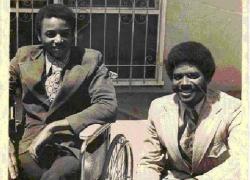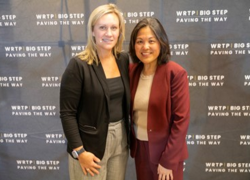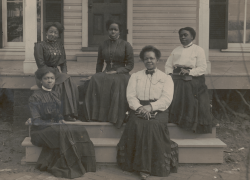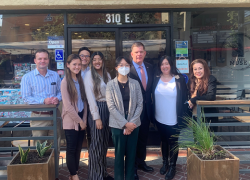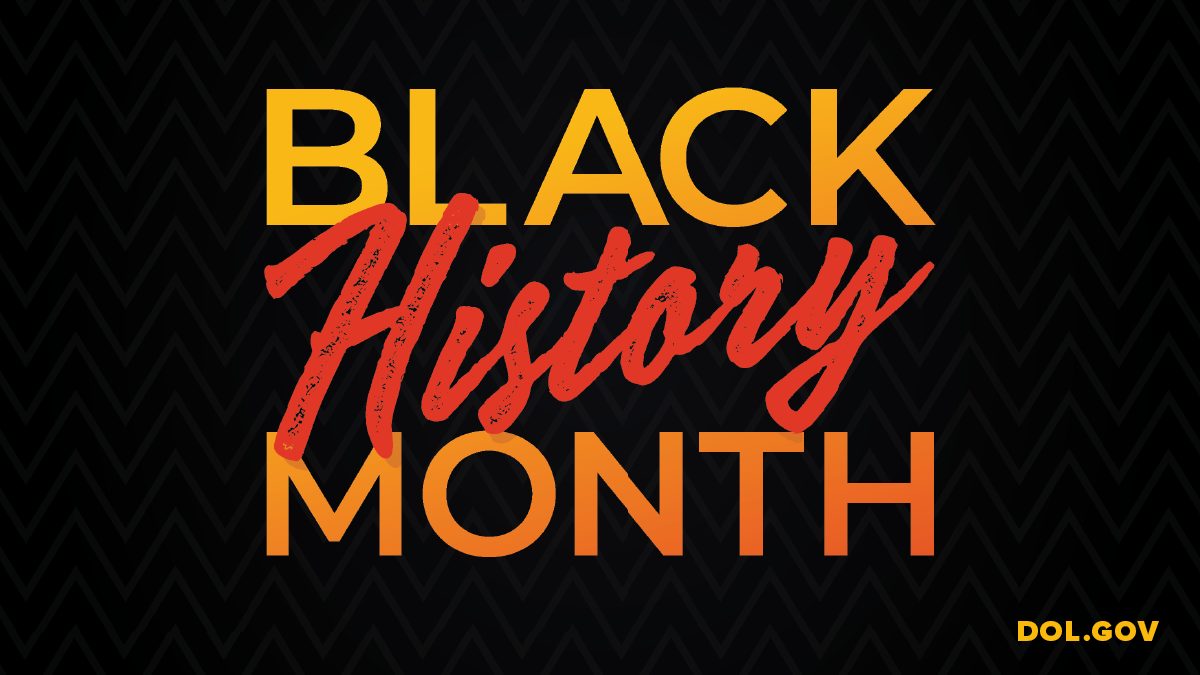
Black Americans have been instrumental to the development of the United States and have played a crucial role in the American labor movement, through new inventions, workplace organization and public service – including serving at the Department of Labor. Test your knowledge with our Black History Month Labor Trivia Challenge.
Questions
1. Who was the first president to recognize Black History Month?
A. John F. Kennedy
B. Jimmy Carter
C. Gerald Ford
2. For which of the following products is inventor-businessman Garrett A. Morgan known?
A. The gas mask and three-position traffic signal
B. The blender and Band-Aid
C. The garbage disposal and modern sunglasses
3. What was the first year the federal government officially counted black workers in the U.S. Census?
A. 1850
B. 1860
C. 1870
4. In 1881, thousands of Black laundry workers organized the “Atlanta Washerwomen Strike.” Which of the following were they not striking for?
A. Higher wages
B. A pension
C. Respect for their work
5. Black workers make up what percent of the U.S. labor force today?
A. 9%
B. 13%
C. 16%
6. Who was the first Black woman to serve in Congress?
A. Shirley Anita Chisholm
B. Yvonne Brathwaite Burke
C. Barbara Jordan
7. Who was the first Black Secretary of Labor?
A. Lisa P. Jackson
B. Alexis M. Herman
C. Patricia Roberts Harris
Answers
-
C. President Gerald Ford in 1976. At the time, President Ford urged Americans to “seize the opportunity to honor the too-often neglected accomplishments of Black Americans in every area of endeavor throughout our history.” This recognition came after years of advocacy by Black activists, most prominently Carter G. Woodson, who first recognized “Negro History Week” in February 1926, choosing the first week to coincide with the birthdays of Abraham Lincoln and Frederick Douglass. Woodson’s efforts eventually led to the creation of Black History Month.
-
A. Garrett A. Morgan invented an early form of a gas mask in the early twentieth century to protect individuals from smoke inhalation. This “safety hood” was used to rescue eight workers from a tunnel explosion in Cleveland and he sold the masks to the U.S. Army for use in World War I. He also patented the first three-position traffic signal in 1923, using stop, slow and go indicators, before selling the rights to General Electric. You can read more about Garrett A. Morgan here.
- C. The 1870 Census was the first to include Black Americans by name and occupation, along with the rest of the population. The Library of Congress notes that in the late nineteenth and early twentieth century, Black Americans had limited work opportunities. Some held skilled positions, and many were employed in agriculture, domestic and service industries.
-
B. According to the AFL-CIO, the Atlanta Washerwomen were striking “for higher wages, respect for their work and control over how their work was organized.” Over the course of three weeks, the strike expanded from 20 women to more than 3,000. At a time when women did not even have the right to vote, this union of predominantly Black women was able to achieve meaningful change, and inspire others in Atlanta to do so too.
-
B. Black workers constitute about 13% of the labor force.
-
A. Shirley Anita Chisholm was the first Black woman elected to Congress. She was sworn in on Jan. 3, 1969, after winning her election with the slogan “Unbought and Unbossed.” She went on to serve six terms in the House of Representatives before declining to run for reelection in 1982. Yvonne Brathwaite Burke and Barbara Jordan were also among the first Black women elected to Congress, both sworn into office in 1973.
-
B. Alexis Herman was the first Black secretary of labor, serving under President Bill Clinton from 1997 to 2001. Lisa P. Jackson was the first Black administrator for the Environmental Protection Agency and Patricia Roberts Harris was the first Black secretary of health and human services.
The Department of Labor is committed to improving the well-being of all underserved, marginalized and excluded communities. This work includes investing over $215 million in equitable workforce training in 2022. By advancing the causes of workers that have been historically marginalized, the department will improve working conditions and economic opportunities for all workers. The work of Black workers and labor leaders have shaped the United States into the country it is today, and we are proud to celebrate such efforts not only in February, but all year long.
Read more about Black workplace pioneers who helped create opportunities and improve the lives of generations of Americans.

 U.S. Department of Labor Blog
U.S. Department of Labor Blog
